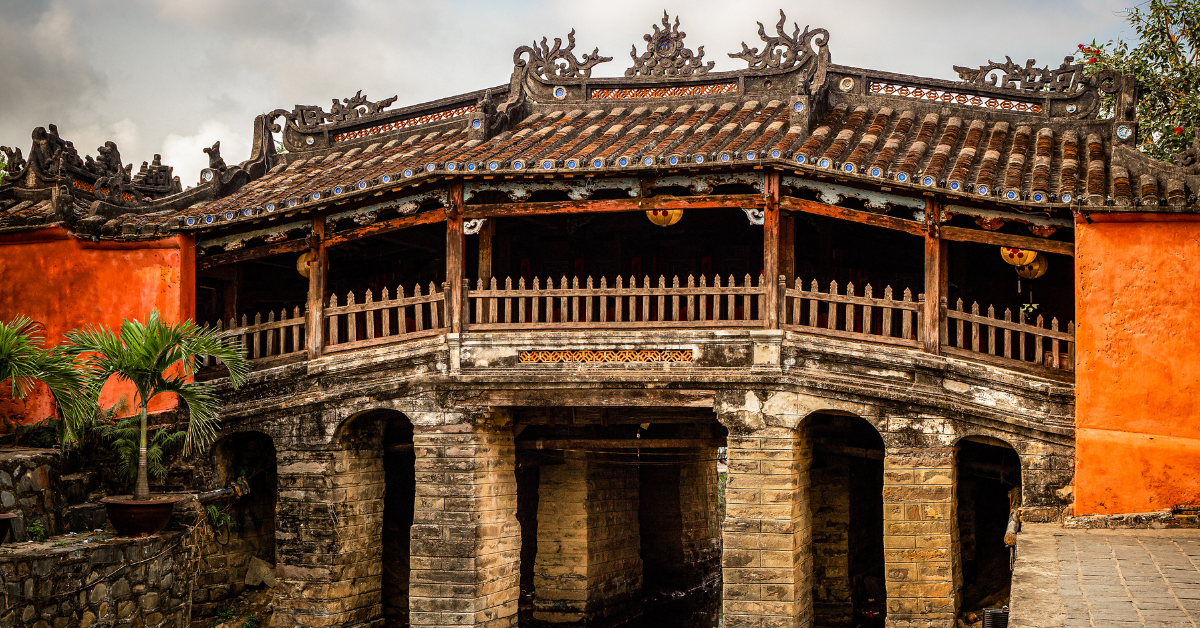Hanoi, the capital of Vietnam, has long been recognized not only as a modern political hub but also as a city of deep cultural heritage. Historically, it was written in Kanji as “河内,” reflecting its ties with rivers and its ancient significance. For Japanese people, Hanoi is seen as a calm, historically rich, and culturally vibrant city, distinct from the bustling southern metropolis of Ho Chi Minh City.
The Kanji Representation of Hanoi as 河内
In Vietnamese, Hanoi is written as “Hà Nội,” which literally translates to “inside the river.” The city lies within a region surrounded by rivers, including the Red River, which historically supported water transport and agriculture. Because of the strong influence of Chinese culture, the name was rendered in Kanji as “河内,” and this form spread to Japan through diplomatic records and literature.
Although today “Hanoi” in Katakana is the standard representation, the Kanji “河内” carries historical weight and continues to symbolize the city’s identity as an ancient capital.
A City Shaped by History and Culture
Since the 11th century, when the Lý Dynasty moved the capital to Hanoi, the city has remained the political and cultural heart of Vietnam. The introduction of Confucian and Kanji culture under Chinese rule and the architectural influence of French colonialism are still clearly visible today.
In the Old Quarter, traditional craft shops and bustling markets remain, while the Hoàn Kiếm Lake area features elegant French-style buildings. The coexistence of ancient heritage and modern structures creates a unique landscape that leaves a strong impression on visitors.
| Characteristics of Hanoi’s Landscape | Details |
|---|---|
| Old Quarter | Narrow alleys, craft shops, markets |
| French Architecture | Churches, Opera House, boulevards |
| Historical Sites | One Pillar Pagoda, Imperial Citadel of Thăng Long |
| Modern Buildings | Skyscrapers, commercial complexes |
The Image Japanese People Have of Hanoi
While Ho Chi Minh City is recognized as Vietnam’s commercial and economic hub, Japanese people tend to see Hanoi as a calm and culturally rich city.
| Image Japanese People Hold | Background |
|---|---|
| Prestige of an Ancient Capital | Over a thousand years as the nation’s capital |
| Western Influence | Colonial French architecture |
| Culinary Center | Birthplace of Pho and Bún Chả |
| Friendly Toward Japan | Japanese business presence, cultural exchanges |
| Relaxed Lifestyle | Quieter pace compared to southern cities |
This collection of impressions has established Hanoi in Japan as a “city worth visiting at least once.”
Hanoi and Its Sports Culture
Hanoi is not only about history and culture but also functions as a center for sports. Its national stadium hosts football and athletic competitions, and sports are deeply rooted in citizens’ daily lives.
| Sport | Characteristics |
|---|---|
| Football | Matches of the Vietnamese national team, national passion |
| Athletics | Hosted Southeast Asian Games |
| Badminton | Popular among youth and schools |
| Martial Arts (Vovinam) | Traditional Vietnamese martial art with cultural significance |
Early mornings around Hoàn Kiếm Lake, locals gather for jogging, cycling, and Tai Chi, often joined by tourists who wish to experience the active side of Hanoi’s lifestyle.
Highlights of Hanoi as a Tourist Destination
Hanoi’s appeal as a tourist city lies in its combination of history, food, arts, and sports.
| Field | Key Attractions |
|---|---|
| History | Imperial Citadel of Thăng Long, One Pillar Pagoda, Ho Chi Minh Mausoleum |
| Food Culture | Pho, Bún Chả, Bánh Mì |
| Arts | Water puppet theater, traditional music |
| Sports | Football matches, jogging around lakes |
These varied experiences make Hanoi an all-in-one destination for travelers.
Why Hanoi Is Special to Japanese People
Hanoi holds a special place for Japanese people due to both historical exchanges and modern economic ties. From wartime connections to postwar reconstruction aid, and now through corporate expansion and educational exchange, the relationship continues to deepen.
| Era | Relationship Between Japan and Hanoi |
|---|---|
| Prewar | “河内” appeared in diplomatic and geographic documents |
| Postwar | Economic aid and technical cooperation |
| Modern Day | Business expansion, cultural events |
| Future | Growth in tourism, education, and sports exchanges |
This long-standing history has shaped the perception of Hanoi among Japanese people as a “familiar and welcoming city.”
Conclusion
Hanoi, historically represented by the Kanji “河内,” continues to embody the charm of an ancient capital with deep historical and cultural significance. While shaped by both Chinese and French influences, it has cultivated its own identity, and Japanese people often view it as a calm, culturally rich city.
At the same time, Hanoi thrives as a hub of sports culture, particularly football, which plays an important role in everyday life. Combined with its historical landmarks, culinary richness, and artistic traditions, Hanoi offers a multifaceted experience that captivates visitors.
For Japanese travelers, Hanoi remains not just a destination but a city that resonates emotionally, blending history, culture, and modern vibrancy.






